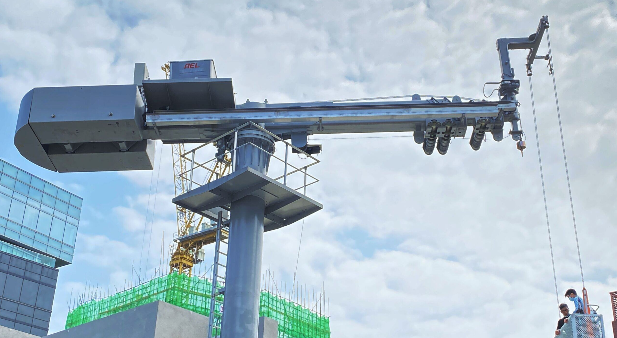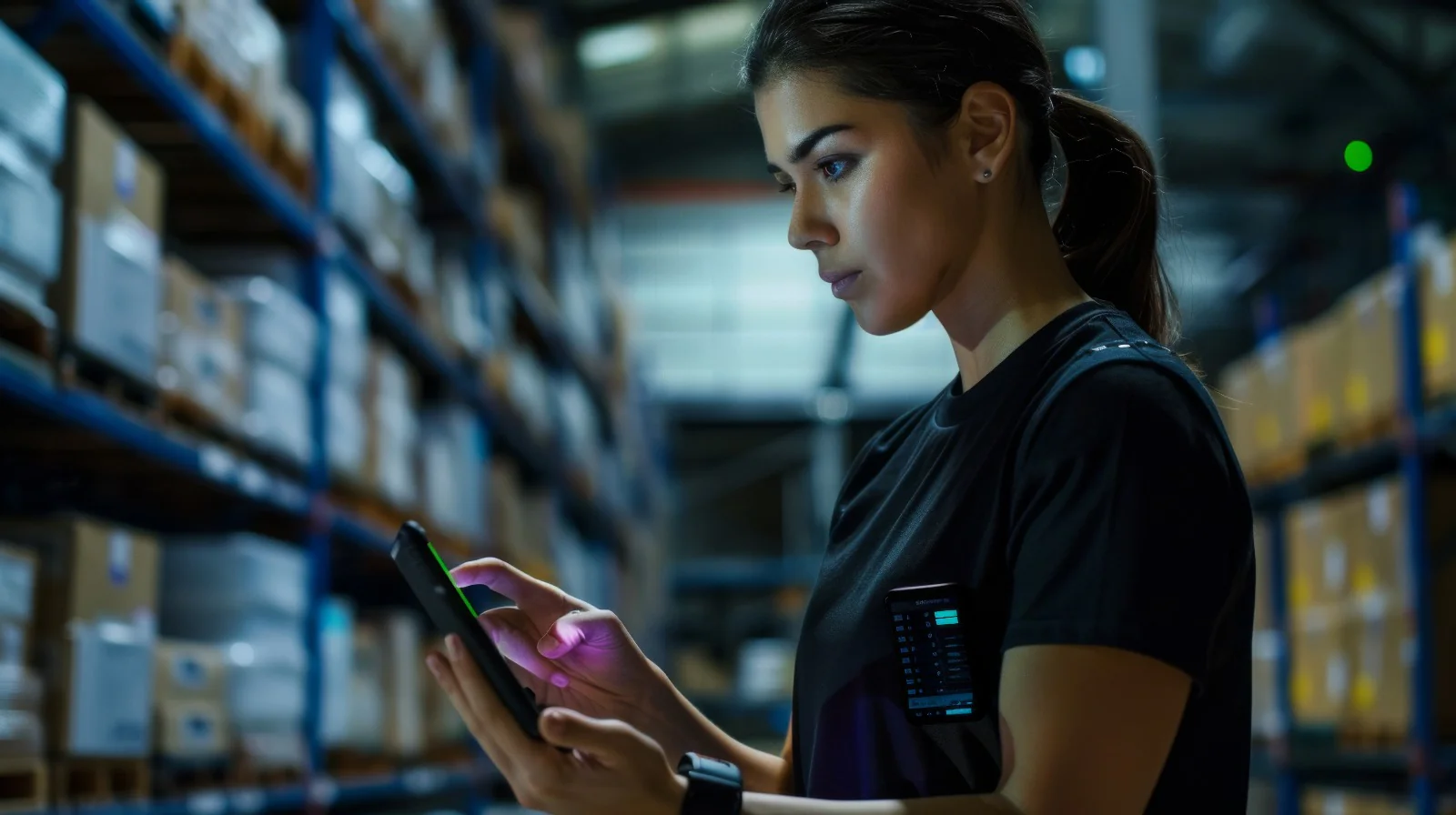Modern infrastructure demands more than just functional systems—it requires intelligent solutions that are agile, efficient, and sustainable. Smart building services offer a transformative approach to managing facilities, combining the power of IoT, automation, and data analytics to create responsive and optimized environments. From office towers to industrial plants, these services are reshaping how buildings operate, conserve energy, and enhance occupant experiences.
What Are Smart Building Services?
Smart building services refer to the integration of advanced technologies such as the Internet of Things (IoT), artificial intelligence, and automation into building management. These services enable real-time monitoring, data-driven control, and intelligent decision-making across multiple systems—like lighting, HVAC, security, and energy management.
Unlike traditional facility management, which often relies on manual intervention and static systems, smart building services leverage sensors, cloud computing, and centralized platforms to dynamically respond to changing environmental and usage conditions. This results in not just improved operational efficiency but also greater sustainability and long-term cost savings.
Core Components of Smart Building Systems
Smart building services comprise several key components that work together to deliver a seamless and intelligent infrastructure experience:
- Real-Time Monitoring & Analytics: IoT-enabled sensors continuously gather data on temperature, humidity, lighting levels, occupancy, and equipment performance.
- Predictive Maintenance: Algorithms analyze patterns in equipment usage and performance, allowing teams to address potential issues before they result in downtime or damage.
- Energy Management Systems: Smart meters and AI-driven controls optimize energy use based on actual demand, occupancy, and time-of-day data.
- Smart HVAC & Lighting: Automated control systems adjust lighting and climate conditions to match occupancy and environmental factors, reducing waste and enhancing comfort.
- Security & Access Control: Advanced systems include facial recognition, mobile access credentials, and real-time threat alerts.
- IoT-Integrated MEP Systems: Mechanical, electrical, and plumbing infrastructure is connected and managed from a centralized platform, ensuring smooth coordination.
These interconnected elements form the foundation of smart building services, enabling building managers to shift from reactive problem-solving to proactive optimization.
Benefits of Implementing Smart Building Services
Smart building services offer measurable advantages that extend across cost, comfort, sustainability, and performance:
- Energy Efficiency & Cost Reduction: By automating HVAC, lighting, and energy systems based on real-time data, buildings reduce unnecessary power consumption—lowering utility bills and carbon emissions.
- Enhanced Occupant Experience: Personalized lighting, air quality control, and comfort settings contribute to employee productivity and tenant satisfaction.
- Operational Resilience: Smart systems detect anomalies early, preventing costly failures and minimizing service disruptions.
- Data-Driven Insights: Access to rich operational data empowers decision-makers to make informed upgrades, space utilization changes, or policy adjustments.
- Scalability & Future-Readiness: Whether managing a single property or an entire portfolio, smart building services are scalable and easily integrated with emerging technologies.
The Role of IoT in Smart Building Services
IoT plays a central role in enabling the intelligence behind smart building services. Tiny devices embedded throughout a building—such as motion detectors, temperature sensors, and energy meters—collect vast amounts of data every second. This data is processed in real time by cloud platforms or edge computing systems that identify patterns, adjust controls, and deliver alerts.
IoT allows smart buildings to react dynamically to their environments. For example, occupancy sensors can dim lights or reduce HVAC activity in unused spaces, while predictive algorithms identify when equipment is likely to fail based on vibration or thermal patterns.
By connecting every layer of a building’s infrastructure, IoT empowers smart building services to operate with greater precision, flexibility, and efficiency than ever before.
Data Security in Smart Building Systems
As smart building services rely heavily on digital infrastructure and data, robust cybersecurity is essential. Without proper safeguards, unauthorized access to building systems could pose serious operational and privacy risks.
Leading providers of smart building services, such as Advancer Smart Technology (AST), prioritize data security by adhering to strict standards like GDPR, encrypting data transmissions, and implementing secure access control protocols. Sensitive personal and operational data is anonymized and only accessible by authorized personnel.
Strong security measures ensure that while buildings become smarter, they also remain protected from digital threats.
Smart Building Services Across Sectors
Smart building services are not confined to commercial skyscrapers—they deliver value across a variety of sectors:
- Corporate Offices: Improve energy usage, employee productivity, and visitor management through automated control systems.
- Residential Complexes: Enhance resident safety, comfort, and community management with smart lighting, access control, and IoT appliances.
- Healthcare Facilities: Maintain strict environmental conditions, optimize patient comfort, and ensure reliability of critical systems like ventilation.
- Educational Institutions: Improve student experience, reduce operational costs, and ensure security across campuses with intelligent monitoring.
- Government & Industrial Buildings: Support secure access, energy compliance, and system efficiency on a broad scale.
This versatility makes smart building services a practical and scalable solution for both private and public infrastructure needs.
Why Smart Building Services Are Key to Sustainability
Sustainability is a driving force behind the widespread adoption of smart building services. With buildings accounting for a significant share of global energy consumption and carbon emissions, integrating smart systems is crucial for meeting green building standards and corporate ESG goals.
Smart building services contribute to sustainability in multiple ways:
- Automated energy conservation during low occupancy periods
- Monitoring of water usage and leak detection
- Integration with renewable energy systems such as solar panels
- Support for green certifications like LEED or BCA Green Mark
By reducing environmental impact while improving performance, smart building services help organizations align with global climate initiatives and future-proof their infrastructure.
Choosing the Right Smart Building Services Provider
Not all smart building solutions are created equal. Selecting the right partner is critical for successful implementation and long-term success.
Here’s what to consider when evaluating providers:
- Scalability: Can the system grow with your portfolio or business?
- Customization: Are solutions tailored to your specific building needs and operational goals?
- Security Standards: Does the provider adhere to top-tier data protection protocols?
- Technical Support: Is there ongoing support, training, and troubleshooting assistance?
- Proven Track Record: Look for industry recognition, case studies, or client testimonials.
Advancer Smart Technology (AST) is a trusted leader in delivering holistic, IoT-powered smart building services. With a mission focused on efficiency, sustainability, and innovation, AST provides intelligent solutions that transform operations across industries. By partnering with AST, building owners and facility managers gain access to a future-ready ecosystem designed for measurable impact.
Future Trends in Smart Building Services
As technology continues to evolve, so do the capabilities of smart building services. Future trends to watch include:
- AI-Driven Optimization: Predictive analytics will become more advanced, allowing buildings to adjust automatically for peak performance and cost savings.
- Digital Twin Integration: Creating virtual models of buildings will allow managers to simulate and test changes before applying them in real life.
- Edge Computing & 5G Connectivity: These technologies will enable ultra-fast processing and real-time responsiveness in smart systems.
- Health & Wellness Features: Smart air quality monitoring, circadian lighting, and occupancy well-being sensors will become standard.
These innovations will further cement the role of smart building services as essential infrastructure tools for the modern era.
Takeaway
Smart building services are no longer a futuristic concept—they’re a present-day necessity. With the convergence of IoT, data analytics, and automation, buildings are becoming more than static structures—they are dynamic environments that adapt, conserve, and perform.
Organizations that embrace smart building services not only reduce costs and environmental impact but also position themselves for long-term success in an increasingly digital and sustainable world. By working with visionary providers like Advancer Smart Technology, the path to intelligent infrastructure becomes clearer, more accessible, and more impactful.











